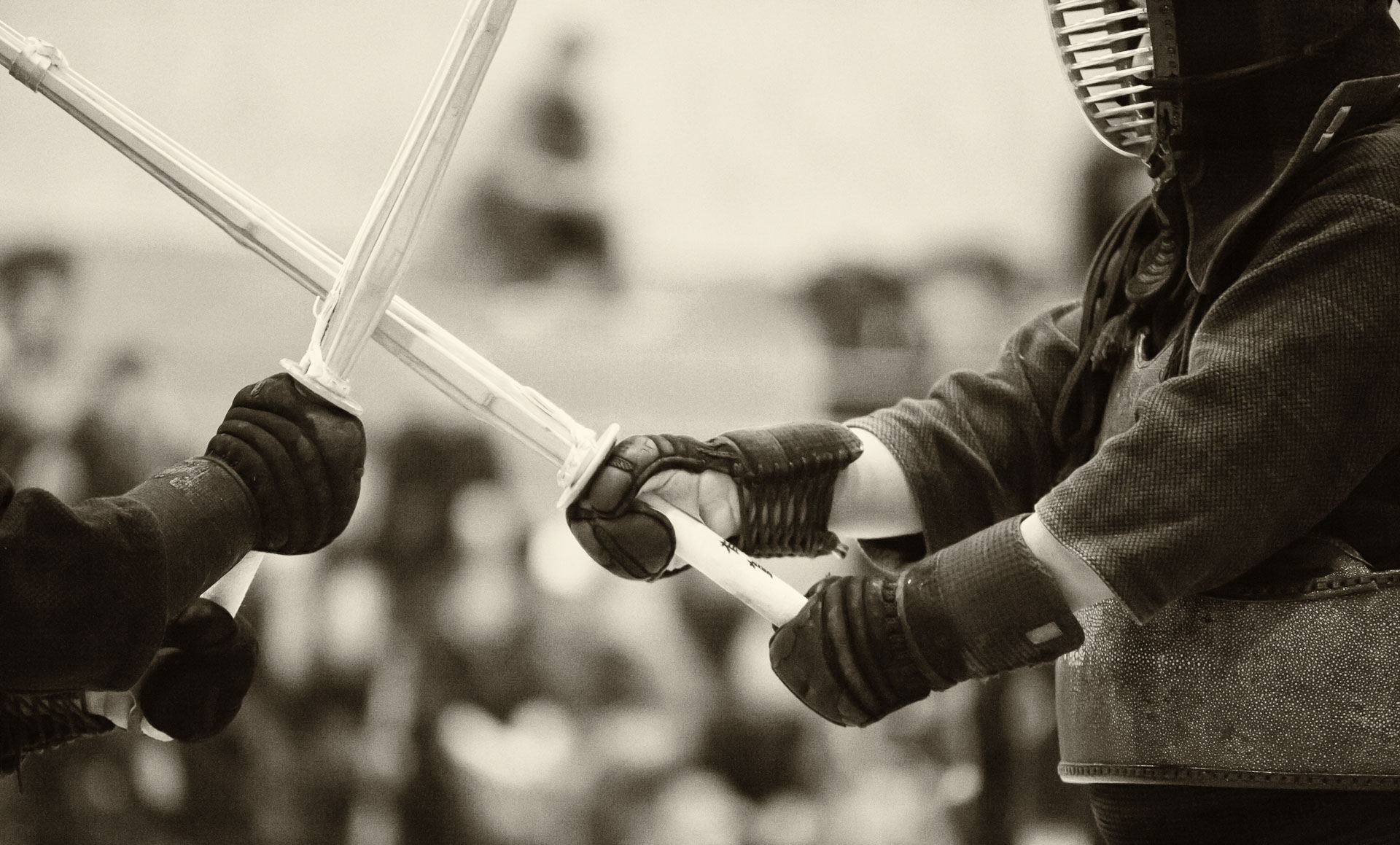
Here are the first three panels of page 11 of my comic book on fluid mechanics. This is the explanation of how a velocity of the water jet flowing from a pitcher into a pond can be estimated from a single picture – in this case, a painting. It’s a research meeting-style presentation, which I adapted from my own lecture notes.









